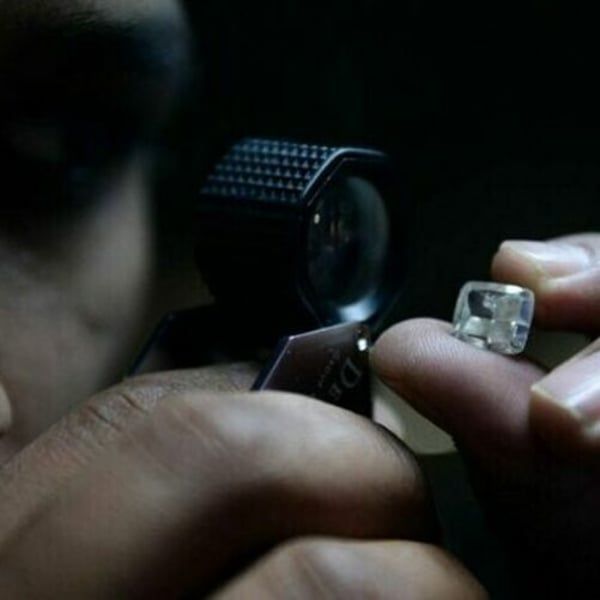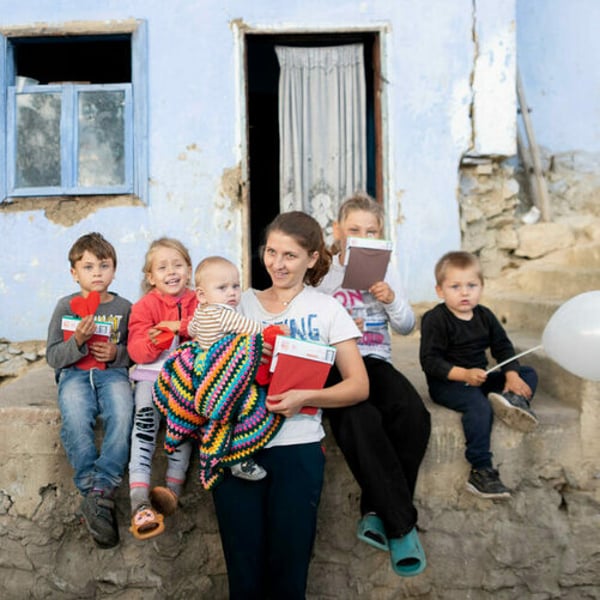By
AFP
Published
September 14, 2025
Botswana and Southern Africa companions who built much of their prosperity in diamonds are fighting for alternatives as cheaper and laboratory grabbing stones threaten their economies.
Botswana dependent on diamonds leads the way and launched a background of sovereign wealth this week to lay the “bases for a more resistant, sustainable and diversified future beyond diamonds.”
It is also exploring other roads, such as increasing luxury wildlife, launching into the medical cannabis market and exploiting its abundant sun for solar energy.
President Duma Boko has even discussed a majority participation in the Beers industry giant and selling Botswana diamonds independently.
“Countries like Angola, Namibia and South Africa are exposed but not to the same degree as Botswana,” Brendon Verser's economist of Oxford Economics Think Tank told the AFP.
The stones are the main source of income in the country and represent approximately 30 percent of their Gross Domestic Product (GDP) and 80 percent of their exports, according to the International Monetary Fund.
But, as consumers resort to the cheapest diamonds created in China and India, the average price of a natural diamond of a carat is falling.
The price fell from a peak of $ 6,819 in May 2022 to $ 4,997 in December 2024, according to the Diamond Council World Cup.
Botswana, which is a 70 percent desert, was taken from poverty by the discovery of diamonds in the 1960s. He already feels the effects of the competition cultivated in the laboratory.
– 'Risks of economic collapse' –
As their foreign reserves run out, the government has resorted to debt to fill public coffers.
Government funds were so low that the health system staggered on the verge of collapse in August, which led Boko to declare an emergency.
“If it is left without addressing, there is a real risk of the situation becoming not only an economic challenge but also a social time bomb,” he said in July.
Highlighting the fears, the Global P&P graduation agency on Friday withdrew its long-term grades in BBB BBB BBB BBB and declared a negative perspective, citing the rapid expansion of the Lab-Diamond market.
The synthetic stones had captured “approximately 20 percent of the global market value and up to 50 percent by volume in the US commitment ring segment. In 2025,” he said in a statement.
Diversification is “essentially now or never,” said the Verser.
“We really do not see anything that causes a monumental change in favor of natural diamonds to stop the growing popularity of synthetic diamonds.”
A small Lesotho is also suffered, where diamonds contribute up to 10 percent of its $ 2 billion of GDP and the largest and largest vital textile market has been beaten by US rates.
This month, his largest diamond mine, LetsEng, said he would fire a fifth of his workforce, citing “sustained price pressure” and “softer demand in the key markets.”
The closures of the mine “could increase the risks of economic collapse,” said independent economic analyst Thabo Qhesi to the AFP, emphasizing an urgent need to explore other options, such as the resources of the rare land.
In an attempt to maintain the sparkle alive, Angola, Botswana, Namibia, South Africa and the Democratic Republic of the Congo promised in June to assign one percent of their annual diamond income to market natural diamonds.
The campaign would need to rethink its value as a coveted “luxury product,” the former Vice Governor of the Bank of Bank, Keith Jefferis, told AFP.
“We see a significant opportunity to involve consumers in the history of diamonds of responsible origin of Botswana,” said Beers, also participating, at AFP.
Meanwhile, the South Africa-British firm is exploring the potential of synthetic diamonds in high-tech fields such as quantum and semiconductor networks, since prices fall below $ 100 per carat.
For Thamage Jacob officer of the Botswanan Ministry of Minerals, natural diamonds and laboratory facts “offer different value propositions to different consumers and, therefore, can and will coexist.”
In an exclusive Johannesburg shopping center, behind the fortified steel doors, a natural yellow diamond with a price of more than $ 50,000 stood as a symbol of exclusivity.
Only steps away, a laboratory diamond valued at $ 115 was not guarded.
“Everyone has our goal,” said a jeweler. “While everyone is happy.”
Copyright © 2025 AFP. All rights reserved. All the information shown in this section (offices, photographs, logos) is protected by intellectual property rights owned by the France-Presse agency. As a consequence, you cannot copy, reproduce, modify, transmit, publish, display or in any way commercially exploit none of the contents of this section without the prior written consent of Agite France Pressures.












